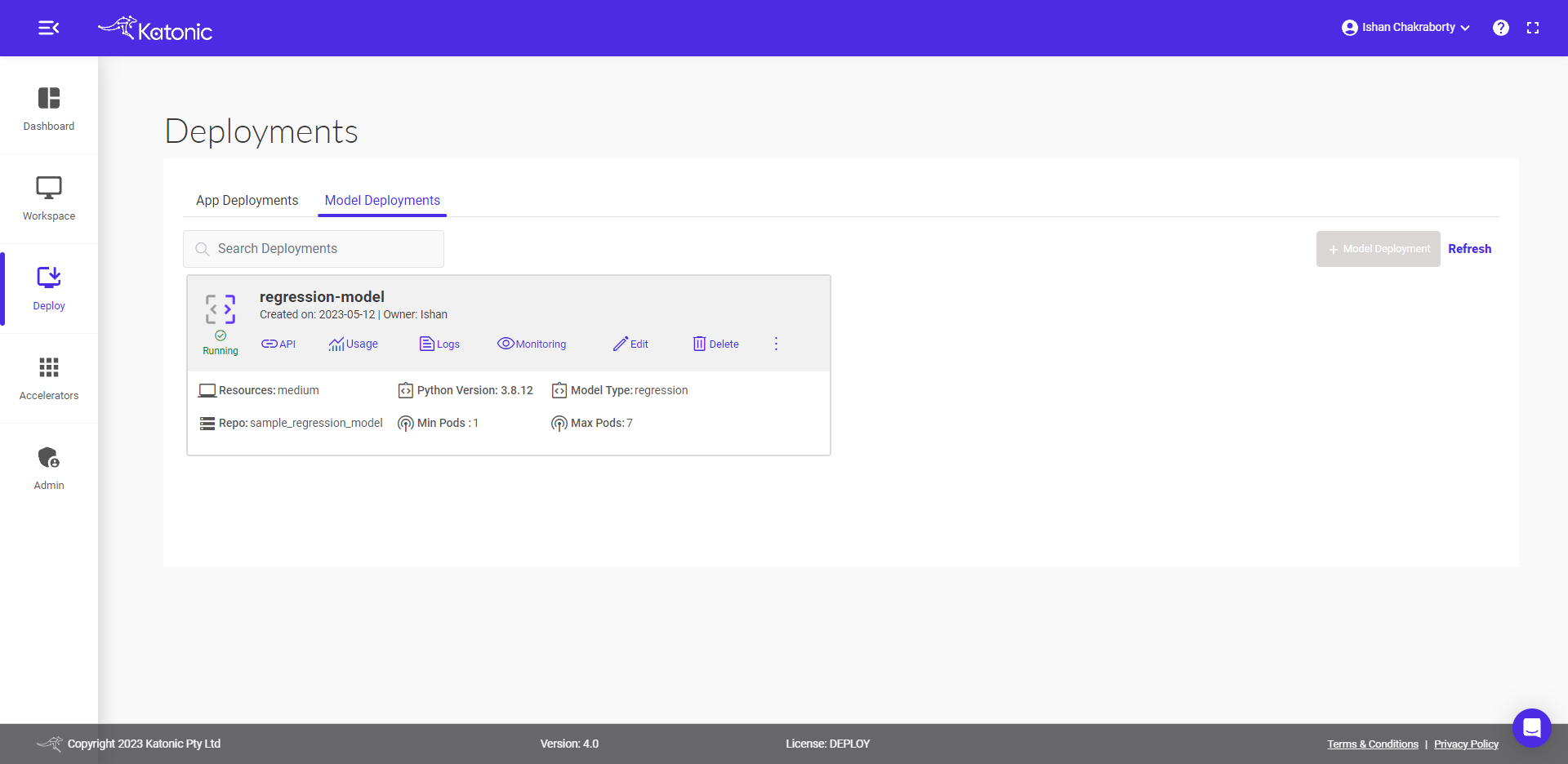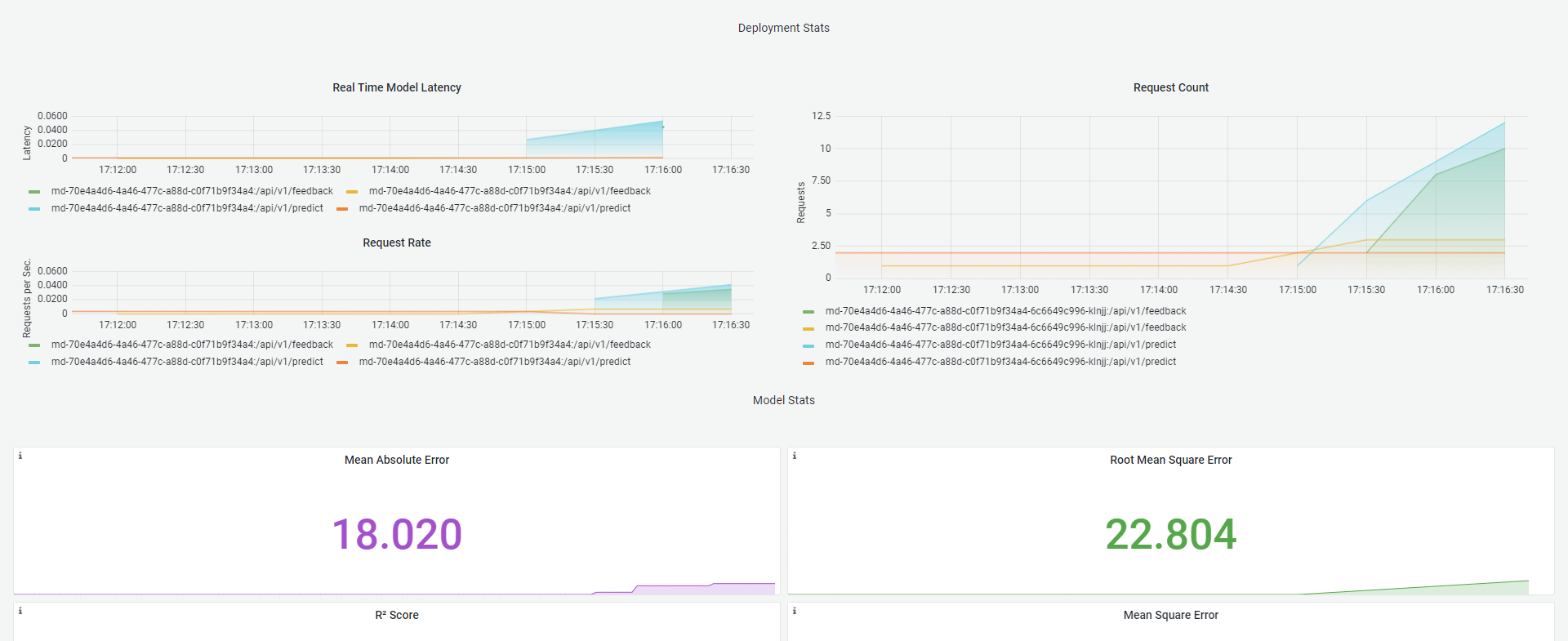Regression Model Monitoring
In regression, the goal is to predict a continuous numerical value rather than a categorical label. For example, in a regression model for predicting housing prices, the output would be a continuous value representing the predicted price of the house. Regression models can be used to monitor the performance of a machine learning model over time by comparing the predicted output with the actual output. This can be done using a variety of metrics, such as mean squared error (MSE), mean absolute error (MAE), or R-squared. Regression models can be an effective tool for model monitoring in machine learning applications. By regularly testing and monitoring the model's performance, we can ensure that it is performing accurately and reliably over time, and take steps to address any issues that arise.
For Regression monitoring dashboard



Metrics for monitoring regression models
1. Mean Squared Error
The mean squared error (MSE) tells you how close a regression line is to a set of points. It does this by taking the distances from the points to the regression line (these distances are the "errors") and squaring them. Squaring is necessary to remove any negative signs.
2. Root Mean Squared Error
Root Mean Square Error (RMSE) is the standard deviation of the residuals (prediction errors). Residuals are a measure of how far from the regression line data points are; RMSE is a measure of how spread out these residuals are. In other words, it tells you how concentrated the data is around the line of best fit.
3. Absolute Error
The absolute value of the difference between an observed value of a quantity and the true value the difference between true length and measured length is called the error of measurement or absolute error.
4. Mean Absolute Error
Mean Absolute Error is a model evaluation metric used with regression models. The mean absolute error of a model with respect to a test set is the mean of the absolute values of the individual prediction errors on over all instances in the test set.
For prediction input:
{
"predicted_label": [23, 45 , 56 , 23],
"true_label":[23, 45 , 56 , 23]
}
# Both the input has to be a 1d array or list.